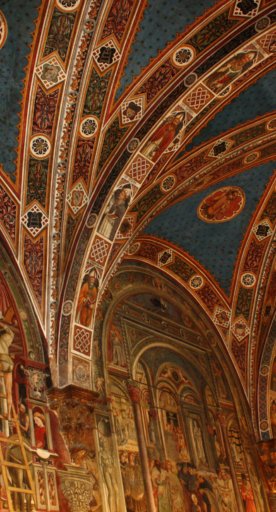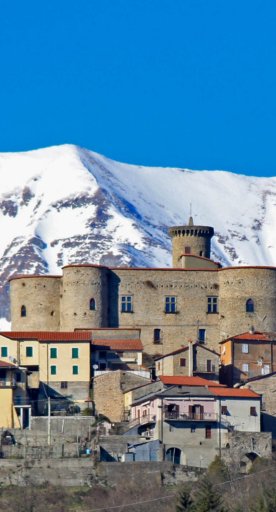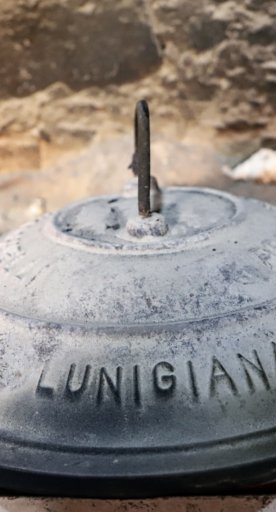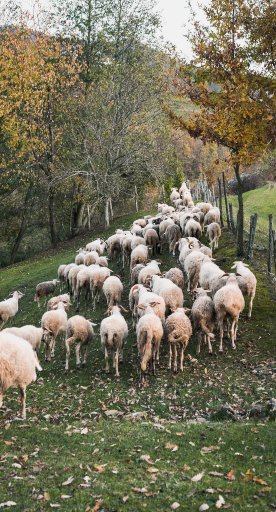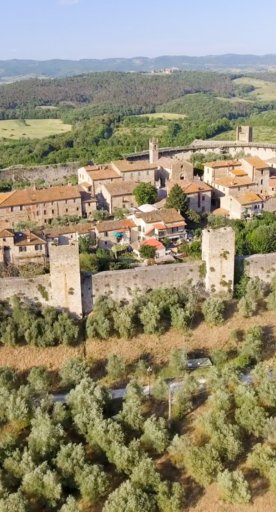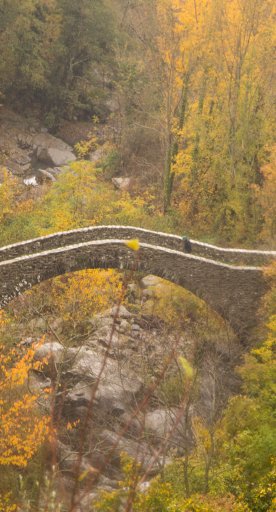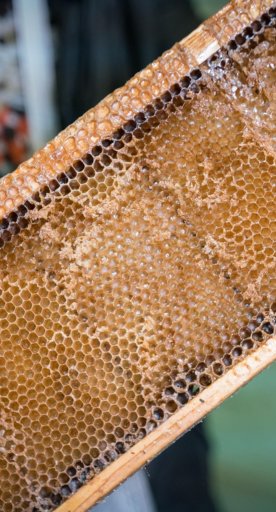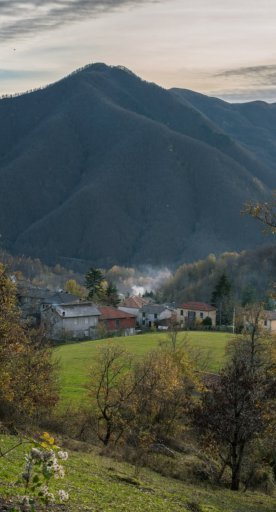
5 medieval places not to be missed in Lunigiana
A journey through time among towers and parish churches
Discover the charm and wonders of Lunigiana, a thousand-year-old land in northern Tuscany that has remained authentic over time, crossed by the Magra river and streams that wind their way through ancient villages, parish churches and historic residences.
In the land once known as 'the land of a hundred castles', where the Via Francigena and its variants have shaped the landscape with ancient bridges and high watchtowers, there are places where time seems to have stopped in the Middle Ages.
Amidst medieval legends and events that marked history, here are five places not to be missed for fans of history and the Middle Ages!
-
1.Cortina di Cacciaguerra in Pontremoli
-
2.Abbey of San Caprasio in Aulla
-
3.Malaspina castle of Tresana
-
4.Parish church of Codiponte
-
5.Parish church of Montedivalli
Cortina di Cacciaguerra in Pontremoli
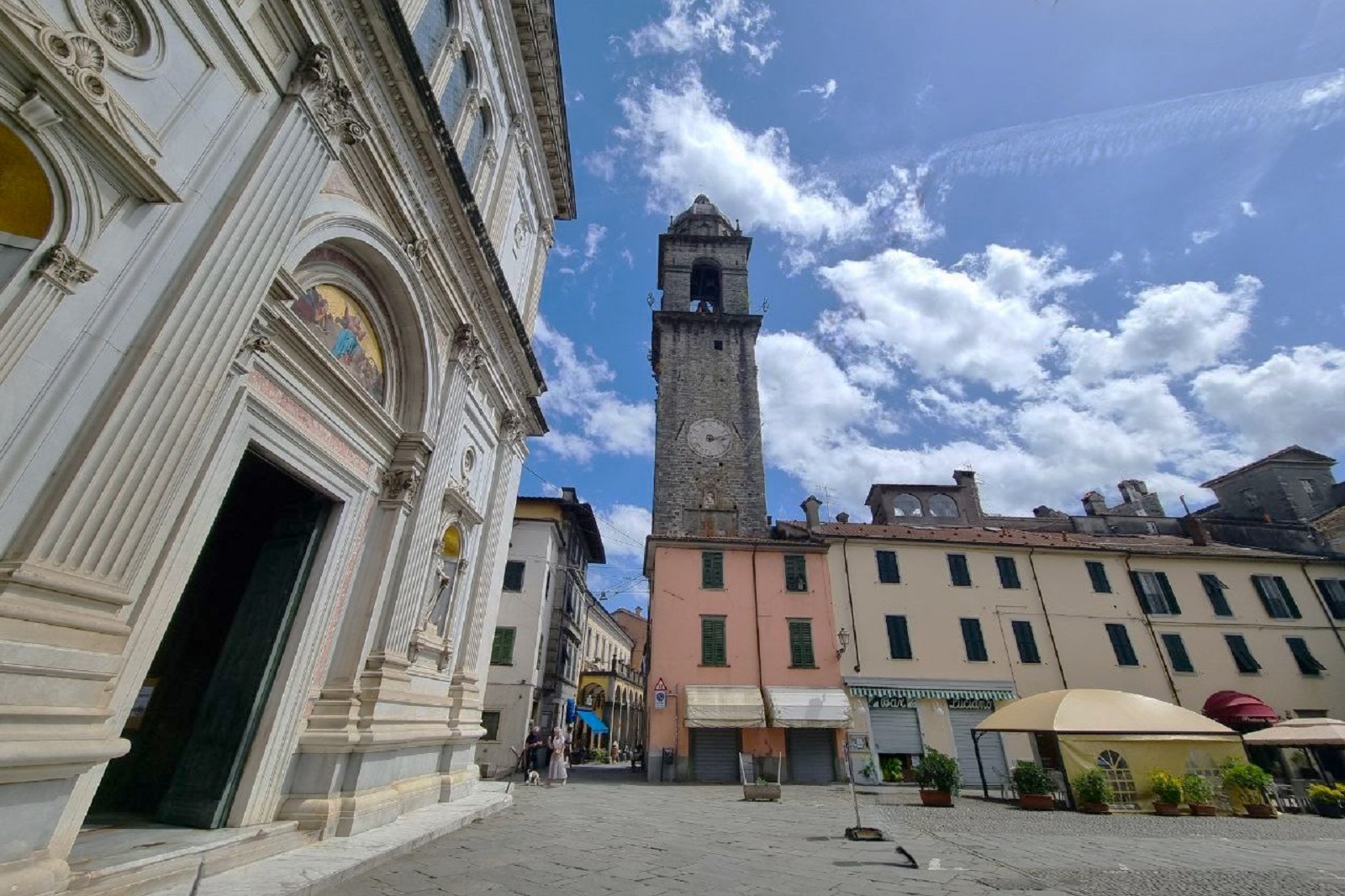
Medieval fortification in the historic centre of Pontremoli and symbol of the Investiture struggle, built at the behest of Castruccio Castracane degli Antelminelli, of which the central tower remains today, known to the people of Pontremoli as 'Il Campanone'.
In the 14th century, when the inhabitants of Pontremoli handed over the key of the town to the leader of Lucca, promising an end to the bloody clashes between Guelphs and Ghibellines, they did not imagine that the large market square would soon be divided into two parts by a long wall touching the two rivers between which the town lies: a curtain wall from the Verde stream to the Magra river, with three high watchtowers to prevent the spread of clashes between the two factions.
Traces of this ancient Pontremoli also remain in the basement of the Palazzo Comunale, the town's showcase, where the medieval ground level can still be seen.
Abbey of San Caprasio in Aulla
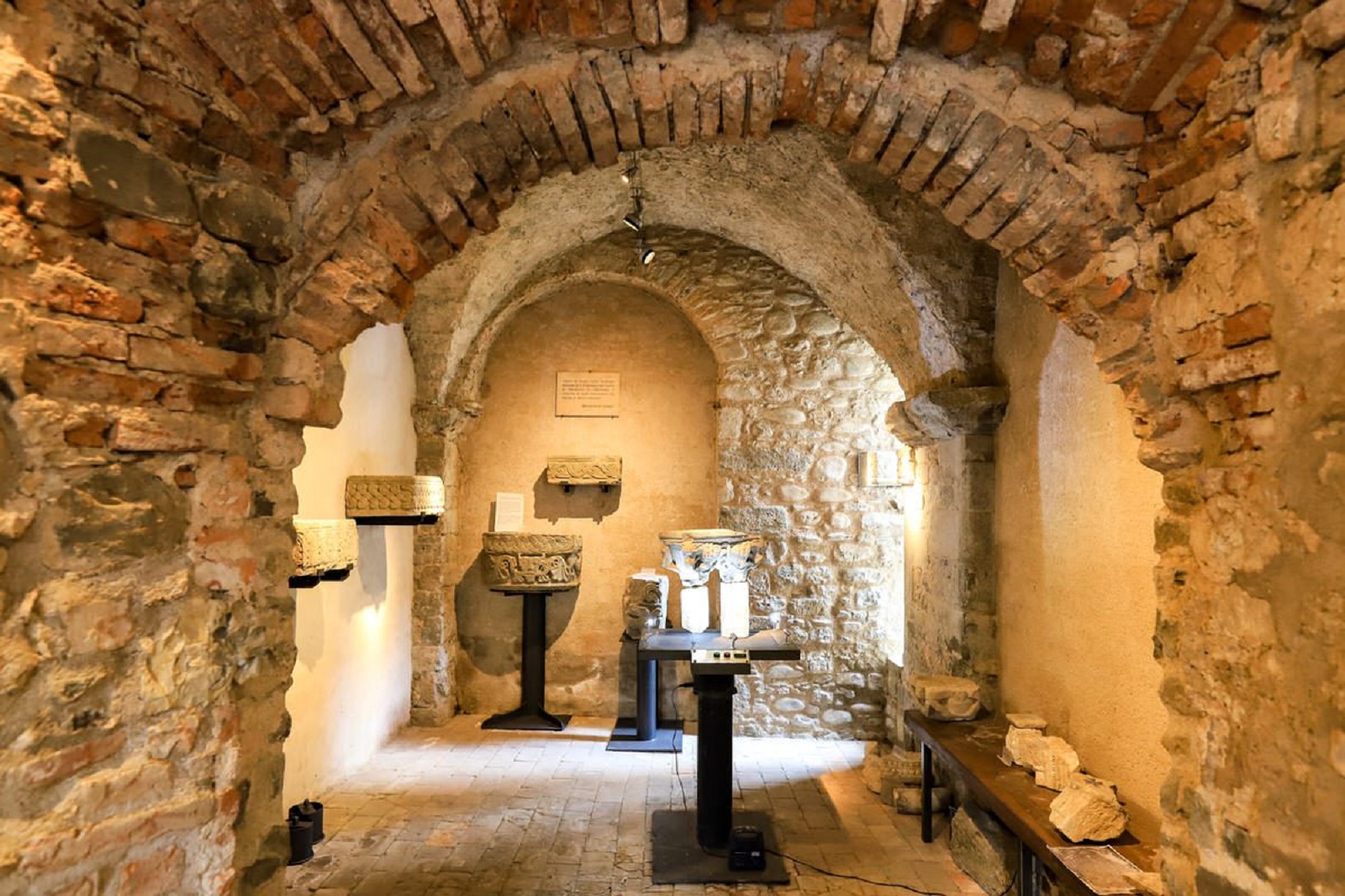
A surprise in Aulla, in the heart of Lunigiana: the Abbey of San Caprasio is one of the oldest stopping points on the Via Francigena. Founded in 884 by the Marquis Adalberto of Tuscany at the confluence of the Magra river and the Aulella stream, the Abbey with its adjoining hospice is now also a Pilgrim Museum dedicated to the ancient travellers who passed through Lunigiana.
Here are marble slabs from the Carolingian period, with phytomorphic motifs typical of the early Middle Ages, and Romanesque sandstone capitals with depictions of dragons, monsters and animals typical of medieval bestiary. Inside the church, archaeological excavations still open in the apsidal area have unearthed the relics of St. Caprasius, who died on an island in Provence in the 5th century and was transferred to Aulla in the 9th century.
Malaspina castle of Tresana
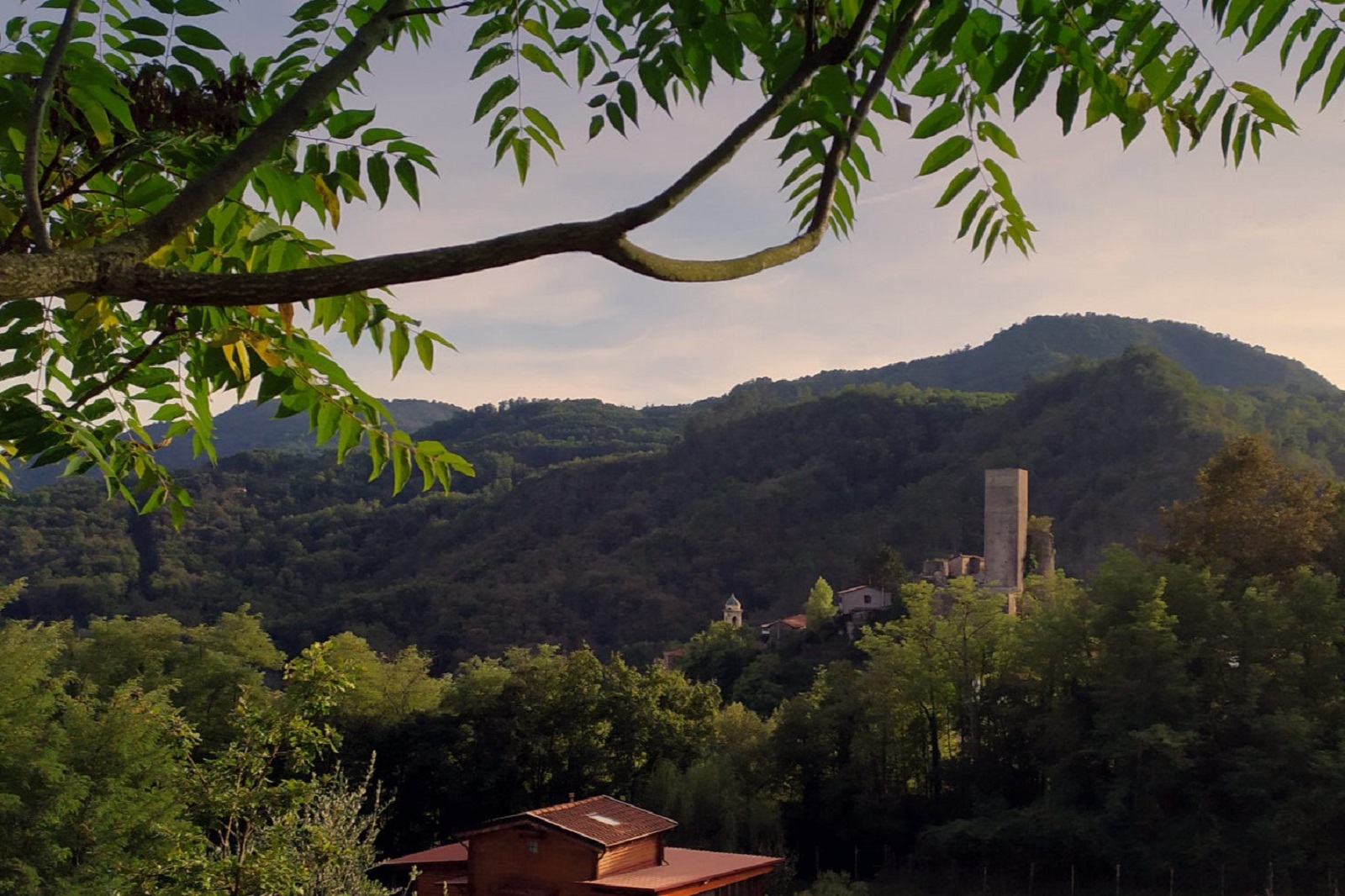
The Malaspina Castle of Tresana, with its high medieval tower, is perched on a steep hill on the right bank of the river Magra in the Spino Secco lands.
The oldest part of the castle is undoubtedly its tall quadrangular tower, which stands about 27 metres high and dates back to the 11th century. The medieval tower was flanked, in the Renaissance period, by the palace of Marquis Guglielmo Malaspina, who obtained the privilege of minting money and took advantage of this to mint counterfeit coins!
Parish church of Codiponte
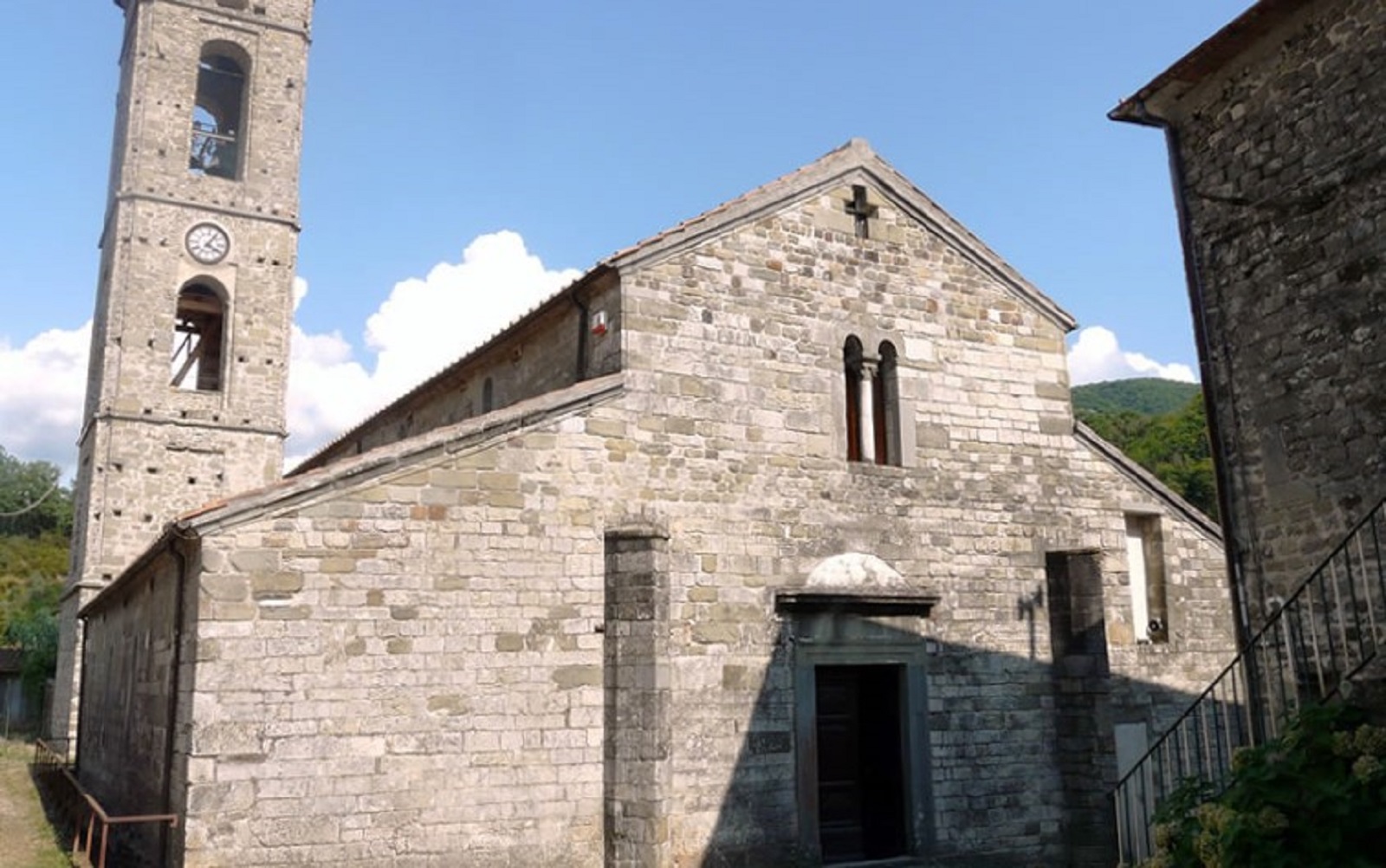
The sandstone church, in the municipality of Casola in Lunigiana, is a symbol of Romanesque architecture in Lunigiana, with its 'salient' façade, sculptural reliefs and historiated capitals decorated with medieval bestiary symbols. The church is built on the right bank of the Aulella near a medieval bridge beyond which the ruins of an 11th-century castle are still visible.
Formerly a garrison of the Diocese of Luni, the Pieve di Codiponte is dedicated to Saints Cornelius and Cyprian and has been mentioned since the end of the 8th century. The building is located on the Via del Volto Santo, an ancient pilgrimage route that retraces the journey of the wooden crucifix preserved in the Cathedral of Lucca.
In memory of this cult, in the late medieval triptych with the Virgin Enthroned between Saints Cornelius and Cyprian there is, in the predella, the story of the transport of the relic of the Holy Face from Lucca.
Parish church of Montedivalli
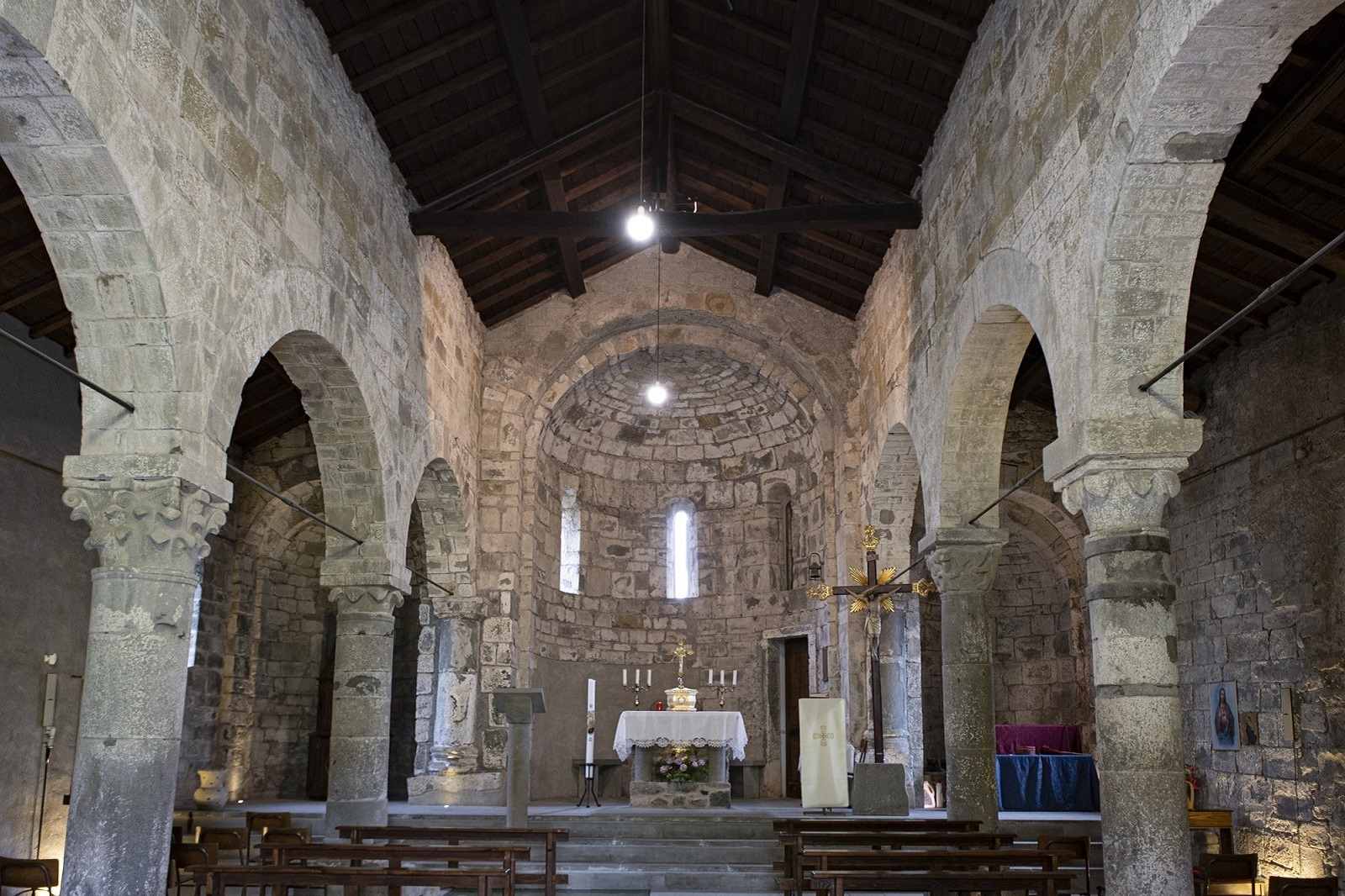
A small church dedicated to Sant'Andrea located in the municipality of Podenzana on the border with Liguria and the Val di Vara, a strategic control point on the routes to western Europe.
The three-nave building, one of which is incorporated into the bell tower, features a rich sandstone sculptural decoration inside, with phytomorphic and anthropomorphic Corinthian capitals. In addition to these decorations, there are three 14th-century marble sculptures depicting the Madonna and Child, St. Peter and Christ in Pieta, which are still strongly venerated by the local population.
On the façade, set among the sandstone slabs, a mysterious figure wearing a tau tunic and crosier is still visible, perhaps an abbot or a representation of Bishop Venanzio. (link visit tuscany)








